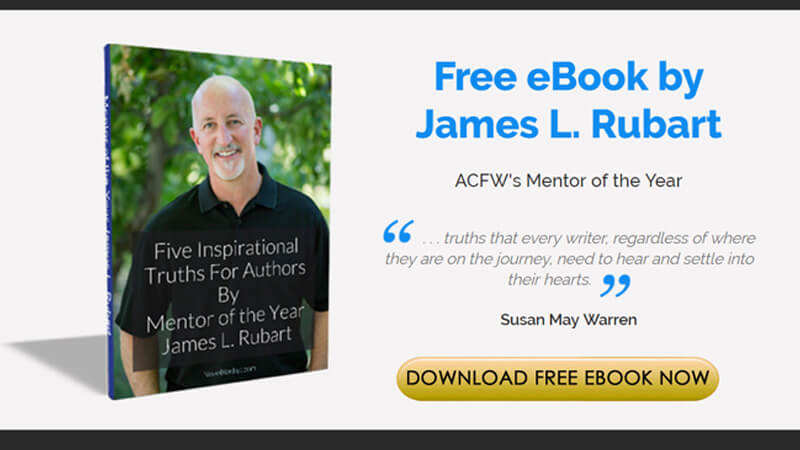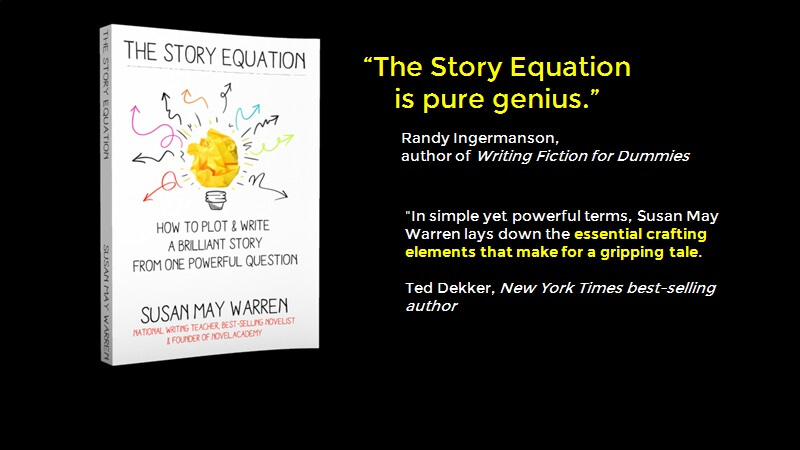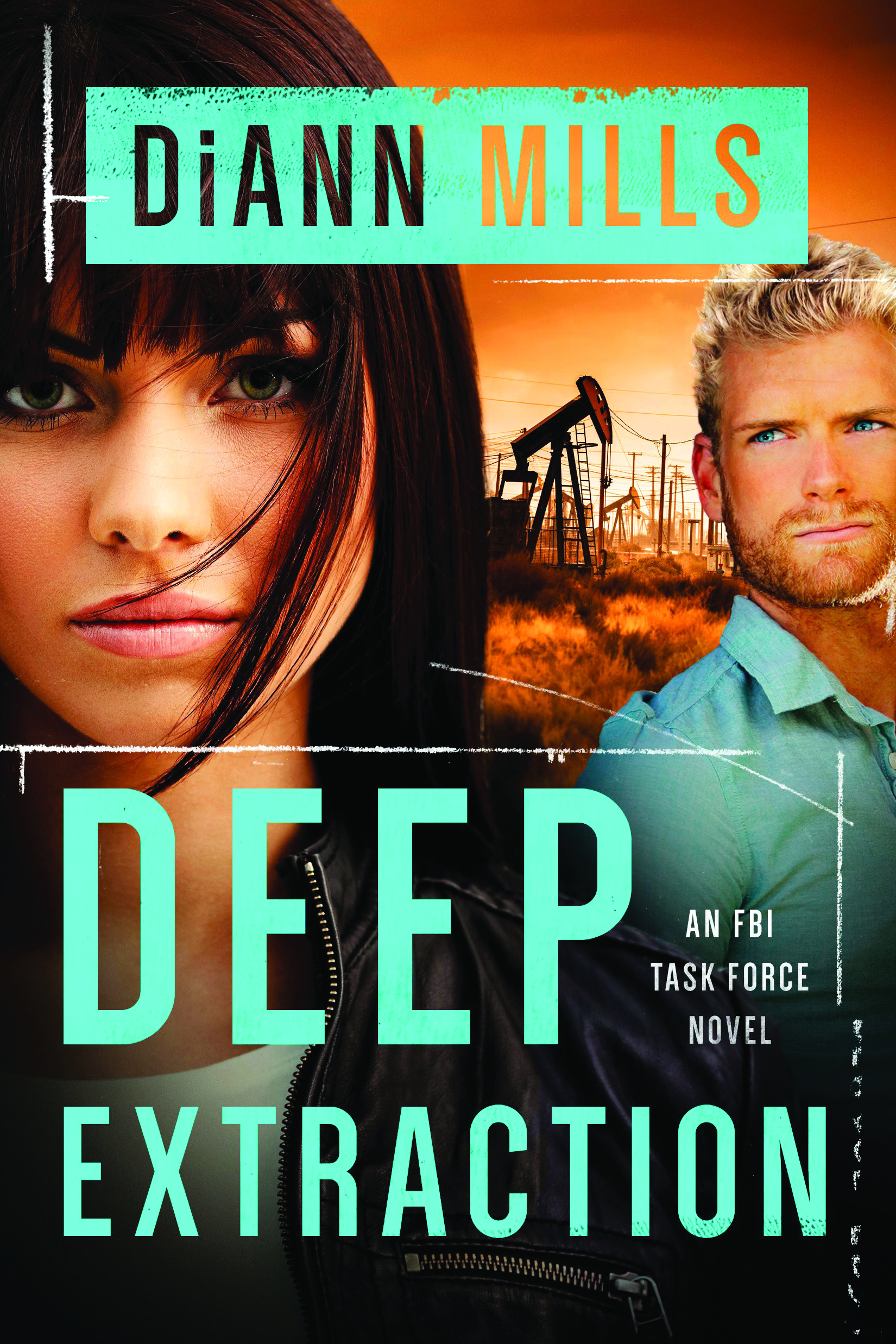Terrible, Horrible, No Good, Very Bad Reviews
Deborah Raney
 One of the hard things a published writer must learn is to toughen up where reviews are concerned. I hate bad reviews, whether from professional critics or ordinary readers on Amazon.com. I especially hate them when they aren’t as much about the book as they are about demeaning an author’s beliefs, religion, ethnicity, or personality. But bad reviews are a fact of the writing life, and there aren’t many multi-published authors who haven’t had at least one or two.
One of the hard things a published writer must learn is to toughen up where reviews are concerned. I hate bad reviews, whether from professional critics or ordinary readers on Amazon.com. I especially hate them when they aren’t as much about the book as they are about demeaning an author’s beliefs, religion, ethnicity, or personality. But bad reviews are a fact of the writing life, and there aren’t many multi-published authors who haven’t had at least one or two.I’ll never forget my first scathing reader review (for Beneath a Southern Sky) and it’s still up on Amazon, along with several others, if you want to weep along with me! That review nearly paralyzed me for a few days. It didn’t hurt so much that someone didn’t like my book (okay, they HATED my book). I’m well aware that the type of book I write isn’t for everyone, and there are many different tastes in genre and style. What hurt was that it sounded like the reviewer didn’t much like ME!
 When I go back and read that review now, I can be much more objective. I realize now that the reviewer probably has never met me. I don’t think he/she meant the words as a personal affront. But I can also still, after more than a dozen years, remember the deep pain I experienced when I first discovered that review. I actually broke out in a sweat and started shaking—and I’m not usually an excitable person. I shed some tears over that person’s words, and I have a feeling he/she would be surprised to know that.
When I go back and read that review now, I can be much more objective. I realize now that the reviewer probably has never met me. I don’t think he/she meant the words as a personal affront. But I can also still, after more than a dozen years, remember the deep pain I experienced when I first discovered that review. I actually broke out in a sweat and started shaking—and I’m not usually an excitable person. I shed some tears over that person’s words, and I have a feeling he/she would be surprised to know that.However, I did something else after receiving that review. I removed an Amazon.com review that I had written months earlier for a book that made me angry. No, it wasn’t wrong of me to post a review respectfully outlining why I disliked this book. But I had made the same mistake I think my reviewer made—I made my review personal, commenting on the author’s personality, not just his writing. I didn’t even know the man, but like my reviewer, I failed to acknowledge that this author was human and had feelings.
My terrible-horrible-no-good-very-bad review (and there have been plenty of others since) gave me two important things: a thicker skin for the inevitable bad reviews to come in my future; and a softer heart for other writers, who are real, imperfect people, just like me.
~~~~~~~~~~~~~~~~~~~~~~~~
Deborah Raney’s first novel, A Vow to Cherish, inspired the World Wide Pictures film of the same title and launched her writing career. Since then, her books have won the RITA Award, National Readers Choice Award, HOLT Medallion, the Carol Award, and have twice been Christy Award finalists. Deb is currently working on a five-book series for Abingdon Press Fiction. Deb enjoys teaching at writers’ conferences across the country. She and her husband, Ken Raney, recently traded small-town life in Kansas––the setting of many of Deb’s novels––for life in the (relatively) big city of Wichita where they enjoy gardening, antiquing, movies, and traveling to visit four children and a growing brood of grandchildren who all live much too far away.
Raney’s newest novel, Home to Chicory Lane, releases in August as the first book in the Chicory Inn Novels series for Abingdon Press Fiction.
Posted by: Kelly Klepfer























